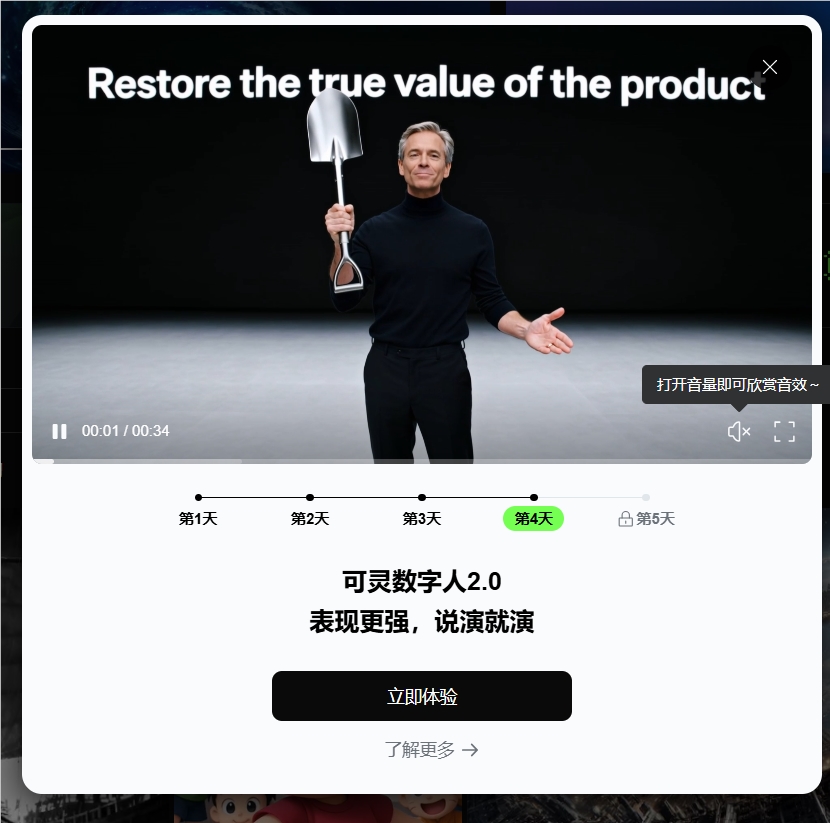Recently, several universities in Hong Kong and China have collaborated with Tencent to develop an AI model named GameGen-O, specifically designed for creating simulations of open-world video games.
GameGen-O's capabilities extend beyond generating high-quality game content; it also simulates the characteristics of multiple game engines, creating a diverse array of game elements such as dynamic environments, complex actions, and various events.

Project entry: https://gamegen-o.github.io/

This model also offers the ability for multimodal interactive control, allowing players to freely manipulate the game during play, bringing an unprecedented gaming experience.

The research team states that although GameGen-O is not a fully playable game, it provides developers with an excellent tool to quickly create prototypes and test different game elements, saving the hassle of building from scratch.
In the demonstration video, scenes generated by the model featured footage from many famous games, which could lead to further discussions on copyright issues.
The development of GameGen-O was a massive undertaking from scratch. The team created an open-world video game dataset called OGameData, which includes processed data from over 100 modern open-world games.
To achieve this goal, they collected 32,000 raw videos from the internet, which were then screened and processed by professionals, resulting in 15,000 usable videos. These videos were segmented after scene detection and then rigorously screened and sorted to ensure high quality in aesthetics, optical flow, and semantic content. These segments were processed with structured annotations, forming a more refined and suitable dataset for training.

Next, they trained the model in two stages. In the first stage, the model learned to generate various game content based on OGameData; in the second stage, they added a component named "InstructNet," allowing users to interactively control the generated content.
During the actual game generation process, GameGen-O not only supports the generation of characters and environments but also designs various actions and events, allowing players to experience vivid game scenes. Additionally, the model can flexibly adjust the generated content based on player input and instructions, providing a more personalized gaming experience.
Researchers believe that GameGen-O has taken an important step in using AI to generate open-world video games, combining creative generation with interactive capabilities, and has the potential to become an alternative to traditional rendering technologies.
They indicate that this model will be a valuable resource for researchers and developers, exploring applications such as video game AI development, interactive control, and immersive virtual environments.
Furthermore, other research teams have recently demonstrated similar AI systems, such as GameNGen developed jointly by Google Research, Google DeepMind, and Tel Aviv University, which can simulate and play the classic game "DOOM" in real-time with a frame rate exceeding 20 frames per second.
Key Points:
🌟 GameGen-O is a newly developed AI model capable of generating various elements of open-world video games.
🎮 The model aims to help developers quickly create prototypes and test game concepts, rather than creating fully playable games.
🔍 The research team enhanced the model's interactive control capabilities through dataset creation and two-stage training, bringing new possibilities to game development.







